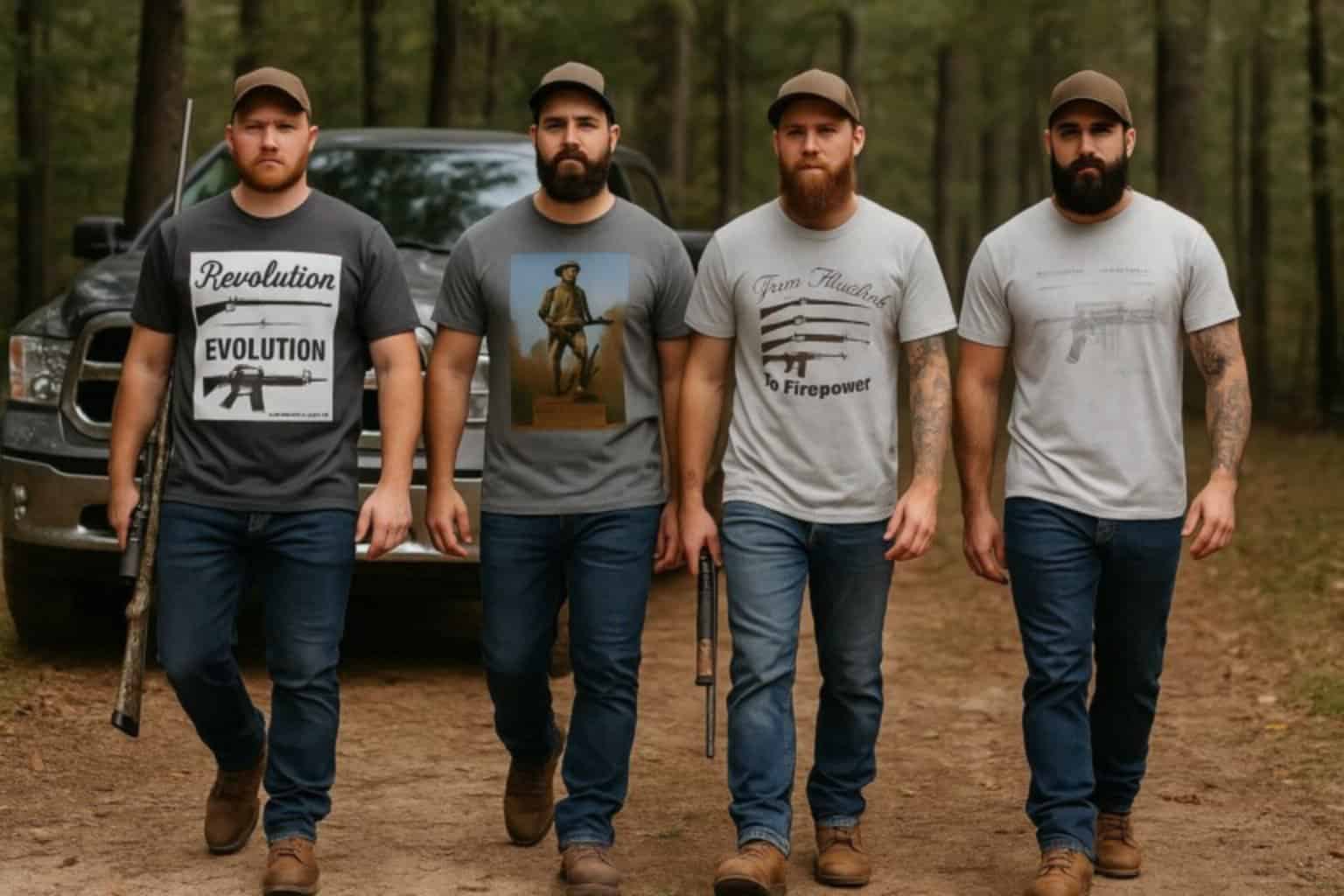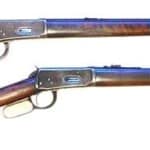
Introduction to the Savage 99
Among the pantheon of iconic American firearms, few rifles carry the same historical significance and enduring appeal as the Savage Model 99. First introduced in 1899 by Savage Arms as the model 1899, this innovative lever-action rifle revolutionized the shooting world with a hammerless design, rotary magazine, and superior ballistic capabilities. For over a century, the Savage 99 remained a premier choice for hunters, sportsmen, and collectors, offering unrivaled reliability and accuracy.
The rifle’s advanced engineering allowed it to fire high-velocity spitzer bullets, a significant edge over traditional tube-fed lever actions. Its wide array of chamberings, from the groundbreaking .250-3000 Savage to the powerful .300 Savage and .308 Winchester, cemented its legacy as one of the most versatile sporting rifles ever created.
This deep dive into the 'Savage '99 explores its evolution, technical innovations, ballistic performance, and continued legacy, offering a comprehensive understanding of why this rifle remains one of the greatest firearms of all time.
Revolutionary Design Elements of the Savage 99
At the core of the Savage 99’s success was its radical departure from conventional lever-action rifle design. Unlike traditional models such as the Winchester 1894 or Marlin 336, which relied on exposed hammers and tube magazines, the Savage 99 introduced a hammerless action and a rotary magazine, setting it apart as the most advanced lever-action of its era.
Hammerless Action for Faster Follow-Ups and Superior Accuracy
The internal hammer design of the Savage 99 provided a distinct advantage over exposed-hammer rifles. By eliminating an external hammer, the rifle had a significantly shorter lock time—the interval between pulling the trigger and firing the round. This contributed to improved accuracy and quicker follow-up shots, an essential feature for hunters tracking fast-moving game. Additionally, without an exposed hammer, there was less risk of snagging on brush or clothing while hunting in dense environments.
Innovative Rotary Magazine and Round Counter
One of the defining features of the Savage 99 was its rotary magazine, an engineering marvel at the time. Unlike tube-fed lever-action rifles, which were restricted to round-nose or flat-nose bullets due to safety concerns, the rotary magazine allowed for the use of spitzer (pointed) bullets, dramatically enhancing range and accuracy.
Another groundbreaking feature was the built-in brass round counter, visible on the side of the receiver. This allowed shooters to instantly check how many rounds remained in the magazine—a feature almost unheard of in its day.
Later models, such as the Savage 99C, introduced a detachable box magazine, simplifying reloading and enabling the use of even more modern ammunition types.
Versatile Chamberings and Ballistic Superiority
The Savage 99 was chambered in an impressive array of calibers, making it suitable for everything from small game to large North American big game. Some of the most notable chamberings included:
.250-3000 Savage (Introduced 1915)
- The first commercial cartridge to break 3,000 feet per second.
- Offered exceptional flat-shooting performance and was ideal for medium-sized game like deer and antelope.
.300 Savage (Introduced 1920)
- A precursor to the .308 Winchester, the .300 Savage provided high velocity and energy in a compact case.
- Outperformed the .30-30 Winchester, giving the Savage 99 an edge over other lever-action rifles.
.303 Savage (Introduced 1895)
- Originally designed to compete with the .30-30 Winchester, the .303 Savage offered similar ballistic performance with a slightly larger case capacity.
- Early loads featured 190-grain round-nose bullets, delivering excellent stopping power for deer, black bear, and even moose.
- Though eventually overshadowed by the .300 Savage and other modern chamberings, the .303 Savage remained a reliable and effective hunting round well into the mid-20th century.
.308 Winchester (Introduced 1952)
- One of the most significant military and hunting cartridges, adopted for the Savage 99 in the 1950s.
- Offered superior long-range performance, extending the rifle’s hunting capabilities to larger game like elk and moose.
Other Notable Chamberings
- .22 Hi-Power – Known for its high velocity and European hunting applications.
- .243 Winchester – A popular deer and varmint cartridge.
- .358 Winchester – A big-game powerhouse for larger species.
- .375 Winchester – One of the largest calibers available for the 99, ideal for bear and other tough game.
The broad spectrum of chamberings ensured that the Savage 99 remained relevant across generations of hunters, adapting to new trends in ballistics and cartridge performance.
Production History and Notable Variants
Spanning nearly a century of production, the Savage 99 saw numerous variants and design refinements. Some of the most notable models included:
- Savage 99A – A lightweight model with a traditional straight grip.
- Savage 99C – Featured a detachable box magazine, a departure from the rotary system.
- Savage 99E – A cost-effective model with a simplified finish.
- Savage 99F – A streamlined, lightweight version for carrying ease.
- Savage 99R – A high-grade model with a checkered stock and improved sights.
- Savage 99PE – A presentation-grade rifle with high-end engraving and premium wood.
Though mass production ceased in 1998, commemorative and special-edition models continued to be produced into the early 2000s. Today, well-preserved and rare models fetch premium prices among collectors, especially those chambered in scarce calibers or featuring factory engraving.
The Savage 99 in Hunting and American Culture
The Savage 99 was widely regarded as one of the best hunting rifles of its time. Its combination of lightweight construction, accuracy, and quick cycling action made it a top choice for pursuing whitetail deer, black bear, elk, and even moose.
Notable figures in the hunting world, such as Jack O’Connor, praised the Savage 99 for its modern design and effectiveness in the field. The rifle also appeared in numerous hunting publications, books, and even popular culture, cementing its legacy as a true American classic.
Final Thoughts: The Enduring Legacy of the Savage 99
The Savage 99 stands as a testament to American ingenuity, innovation, and craftsmanship. It took the traditional lever-action rifle and transformed it into a modern hunting tool, capable of keeping up with bolt-action and semi-automatic rifles.
Though newer rifles with advanced optics and synthetic materials have taken center stage, the Savage 99 remains a favorite among serious hunters and collectors. Its revolutionary features, exceptional chamberings, and historical significance make it one of the most revered lever-action rifles ever produced.
For those lucky enough to own a Savage 99, whether as a shooter or collector’s piece, it is more than just a rifle—it is a symbol of American firearm excellence.
Read more about the 99 here:
Links to the company website can be found here.
If you know of any forums or sites that should be referenced on this listing, please let us know here.








